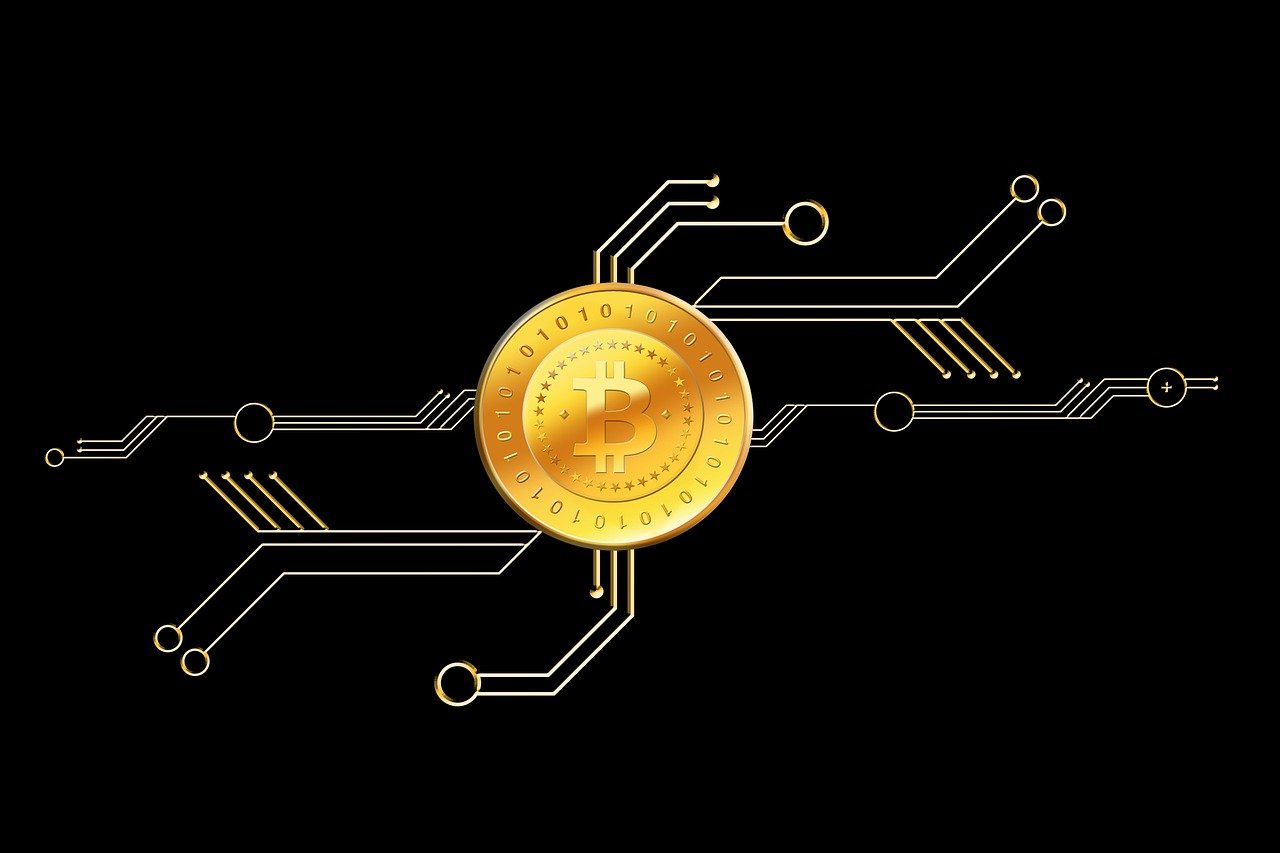Entrance :-Decentralized Finance, commonly known as DeFi, is a booming sector in the cryptocurrency industry that aims to revolutionize traditional financial systems. DeFi uses blockchain technology and smart contracts to create a decentralized, open and limitless financial ecosystem, which gives individuals greater control over their financial assets and eliminates the need for intermediaries. This essay examines the intricacies of DeFi, including its fundamental concepts, key components, advantages, challenges and potential to change the future of Finance.
Understanding Defy :-
1: the Basics of DeFi: DeFi refers to a set of financial applications and protocols built on public blockchain networks, mainly Ethereum. These applications facilitate various financial operations such as lending, borrowing, trading, investing and asset management. Unlike traditional Finance, DeFi seeks to operate in a decentralized manner, thus eliminating dependence on centralized authorities.
2: basic components of DeFi: DeFi consists of several basic components, including smart contracts, decentralized exchanges (DEXs), lending platforms, stablecoins, harvesting and management tokens. Smart contracts, agreements coded on the blockchain, automate and ensure compliance with the conditions of financial transactions. DEX allow peer-to-peer trading without intermediaries, while lending platforms allow individuals to lend and borrow funds directly from each other. Stablecoins ensure price stability and serve as a medium of exchange in the DeFi ecosystem. The cultivation of the harvest assumes that users earn additional tokens by providing liquidity to the DeFi protocols. Management tokens give owners the right to vote to influence the direction and development of protocols.
Advantages Of DeFi :-
1. Improving access to financial services: The DeFi has the potential to provide financial services to people without banking services around the world. With a smartphone and internet access, individuals can participate in the DeFi program, access loans, obtain interest on their assets and carry out a whole range of financial transactions without relying on the traditional banking infrastructure.
2. Openness and transparency: DeFi protocols work on public blockchains, allowing anyone to view smart contracts and verify transactions. This transparency reduces the risk of fraud, manipulation and censorship by strengthening trust between participants.
3. Compatibility and Composability: DeFi Protocols are designed to be compatible, offering seamless integration between different applications. This composability makes it possible to create complex financial products and services by combining different DeFi protocols, thus promoting innovation and flexibility.
4. Cost reduction and accessibility: DeFi eliminates intermediaries such as banks and brokers, reducing transaction costs and making financial services more accessible to a greater number of people.This can be particularly beneficial for individuals in developing countries or for those with limited access to traditional financial services.
5. Programmable money and automation: DeFi uses smart contracts, allowing you to create programmable money and automated financial services. Smart contracts can automatically perform predefined actions based on predefined conditions, eliminating the need for intermediaries and reducing the risk of human error.
Problems and risks related to Defi :-
1. Security risks: DeFi protocols, like any other technology, are subject to security vulnerabilities. Mistakes in smart contracts, hacks and exploits can lead to loss of funds. In addition, the relatively young state of DeFi and the rapid innovation pose problems when auditing and securing protocols. It is essential that developers and participants carry out rigorous security audits, implement best practices and remain vigilant to identify and reduce risks.
2. Regulatory uncertainty: The DeFi operates across borders, often without a traditional regulatory framework. The decentralized and non-restrictive nature of DeFi protocols makes it difficult for regulators to effectively monitor and regulate the ecosystem. The lack of clear regulations can create uncertainty and potential legal risks for participants, thus preventing the widespread adoption and development of DeFi. Thoughtful regulation is needed that protects the interests of users while promoting innovation and growth in the DeFi space.
3. Scalability and Usability: While DeFi continues to grow, scalability remains a major challenge. The Ethereum network, which hosts most of the DeFi applications, has experienced overloads and high transaction fees during periods of high demand. This scalability problem makes the user experience difficult and limits the wider adoption of DeFi. Efforts are underway to solve this problem with Layer 2 solutions, side chains and alternative blockchain platforms capable of handling large volumes of transactions more efficiently.
4. Market volatility and asset risks: DeFi platforms often deal with volatile cryptocurrencies as collateral or investment assets. The volatility inherent in these assets exposes participants to financial risks. Sudden fluctuations in prices can lead to the liquidation of the collateral or loss of value, which will have a negative impact on borrowers, lenders and merchants. Participants must carefully assess and manage these risks by implementing risk management strategies, diversifying their portfolios and conducting a thorough legal review.
5. Lack of user-friendly interfaces: DeFi platforms and applications are often complex and require a certain level of technical knowledge to navigate and interact with them. The user interface is not always intuitive, which can be a barrier to entry for less tech-savvy people. Improving the user interface, providing educational resources and simplifying the adaptation process are necessary to make DeFi more accessible and user-friendly.
6. Centralization and counterparty risks: Although DeFi seeks to eliminate intermediaries, some aspects of the ecosystem still depend on centralized components. For example, centralized exchanges are often used to establish a link between traditional fiat currencies and cryptocurrencies. This dependence on centralized organizations creates risks for counterparties, since users must trust these intermediaries to facilitate transactions. It is important to find a balance between decentralization and user protection and to develop decentralized alternatives for the critical components of the DeFi ecosystem.
7. Regulatory compliance and “Know Your Customer” (KYC): While DeFi prides itself on its unlimited and decentralized nature, there are growing concerns about regulatory compliance and KYC procedures. As governments and regulators increasingly focus on cryptocurrency transactions, there may be pressure on DeFi platforms to implement stricter identification and verification processes. Finding a balance between confidentiality and regulatory compliance is essential to ensure the sustainability and legitimacy of the DeFi ecosystem.
8. Economic and financial risks: The rapid growth of the DeFi has led to various pilot projects, some of which may not be viable or sustainable in the long term. The lack of regulatory oversight and untested business models can lead to financial risks for participants. Due diligence, thorough research and prudent investment strategies are necessary to reduce these risks.
Thanks to you


Comments are closed.